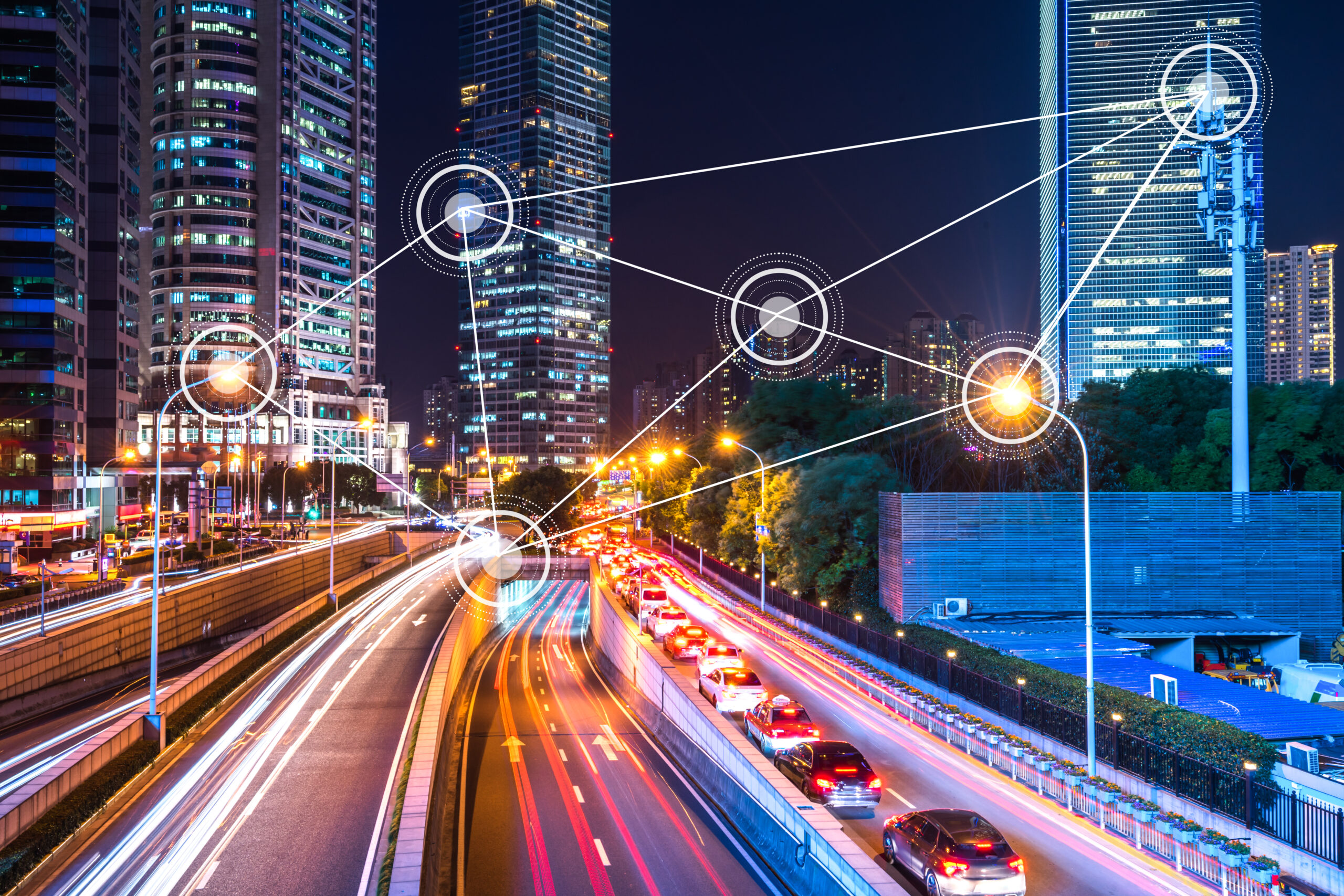
Smart Cities
Smart cities leverage advanced technologies to enhance the quality of life, improve urban services, and promote sustainable development. By integrating various smart systems such as infrastructure, energy, water management, transportation, and security, smart cities aim to create efficient, responsive, and resilient urban environments. These systems rely on interconnected Operational Technology (OT) and Information Technology (IT) frameworks, making them vulnerable to cyber threats. Ensuring robust OT cybersecurity is essential to protect critical city infrastructure from disruptions, safeguard citizen data, and maintain the smooth functioning of urban services. Compliance with standards like ISA/IEC 62443, NIST Cybersecurity Framework (CSF), and relevant regional guidelines is crucial for building a secure smart city ecosystem.
Smart Infrastructure
Smart infrastructure involves integrating digital technologies into physical structures such as buildings, bridges, and roads to enhance their functionality, efficiency, and sustainability. Key OT systems in smart infrastructure include Building Management Systems (BMS), Intelligent Traffic Systems (ITS), and automated lighting and HVAC controls. Cybersecurity in smart infrastructure is critical to protect against threats that could compromise structural integrity, disrupt services, and endanger public safety. Implementing standards such as ISA/IEC 62443, NIST SP 800-53, and the Cybersecurity and Infrastructure Security Agency (CISA) guidelines helps in securing these systems. These frameworks provide comprehensive security strategies, including risk management, access control, and continuous monitoring, ensuring the resilience of smart infrastructure against cyber threats.


Smart Energy
Smart energy systems aim to optimize the generation, distribution, and consumption of energy through advanced technologies like smart grids, renewable energy sources, and energy storage solutions. OT systems such as Advanced Metering Infrastructure (AMI), Demand Response (DR) systems, and Distributed Energy Resource Management Systems (DERMS) are central to smart energy operations. Cybersecurity in smart energy is essential to protect against threats that could disrupt energy supply, compromise grid stability, and impact consumer services. Adhering to standards like ISA/IEC 62443, NIST SP 800-82, and the Cybersecurity Capability Maturity Model (C2M2) is crucial for securing smart energy systems. These standards guide the implementation of robust security measures, continuous monitoring, and incident response plans, ensuring the reliability and security of smart energy infrastructure.
Smart Water Management
Smart water management integrates digital technologies to optimize the sourcing, treatment, distribution, and monitoring of water resources. Key OT systems include SCADA, Remote Terminal Units (RTUs), and Advanced Metering Infrastructure (AMI) for managing water treatment plants, distribution networks, and consumption data. Ensuring cybersecurity in smart water management is vital to prevent contamination, service disruptions, and potential public health risks. Implementing standards such as ISA/IEC 62443, NIST SP 800-82, and sector-specific guidelines helps in securing these systems. These frameworks provide a comprehensive approach to risk management, access control, and incident response, safeguarding smart water management operations from cyber threats.


Smart Transportation
Smart transportation systems utilize advanced technologies to enhance the efficiency, safety, and sustainability of urban mobility. This includes connected vehicles, smart traffic management, public transportation systems, and autonomous vehicles. OT systems such as Vehicle-to-Everything (V2X) communication, Intelligent Transportation Systems (ITS), and Advanced Driver-Assistance Systems (ADAS) are integral to smart transportation. Cybersecurity is crucial in this sector to protect against threats that could disrupt traffic flow, compromise vehicle safety, and endanger public safety. Adhering to standards like ISA/IEC 62443, NIST Cybersecurity Framework (CSF), and CISA guidelines helps ensure the security and reliability of smart transportation systems. These standards provide a framework for risk assessment, access control, and incident response, safeguarding these technologies from cyber threats.
Smart Security
Smart security systems encompass a range of technologies designed to enhance public safety and security in urban environments. This includes surveillance cameras, access control systems, emergency response systems, and cybersecurity measures. OT systems such as Integrated Security Management Systems (ISMS), facial recognition technology, and automated alert systems play a crucial role in smart security. Ensuring cybersecurity in smart security systems is essential to protect against unauthorized access, data breaches, and malicious attacks. Implementing standards like ISA/IEC 62443, NIST SP 800-53, and regional cybersecurity guidelines helps in securing these systems. These frameworks provide comprehensive strategies for securing sensitive data, managing access controls, and developing effective incident response plans, ensuring the resilience and effectiveness of smart security solutions.


 Railway, Aviation & Other Transportation
Railway, Aviation & Other Transportation